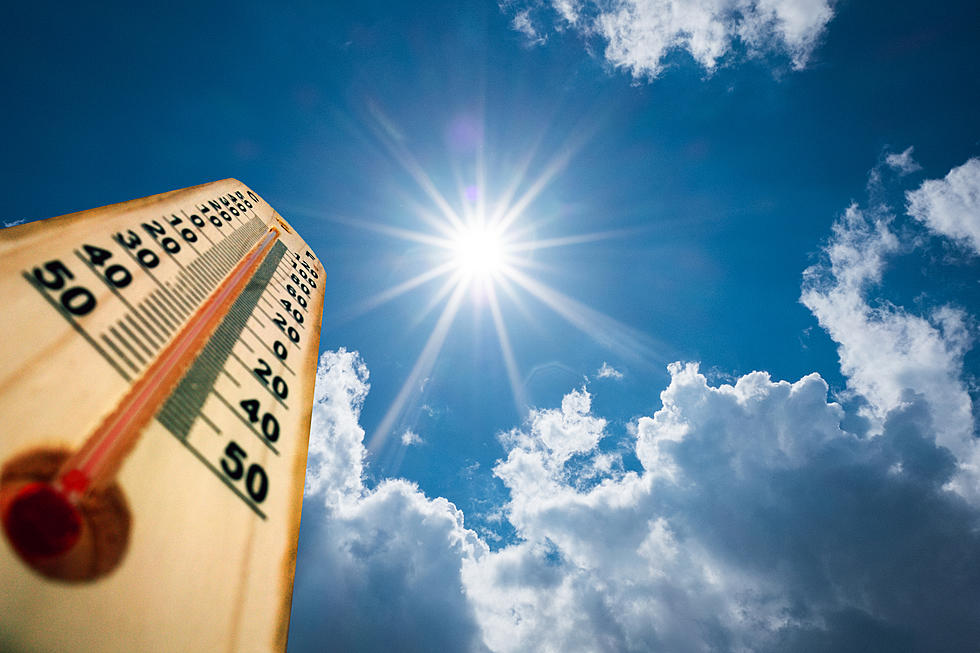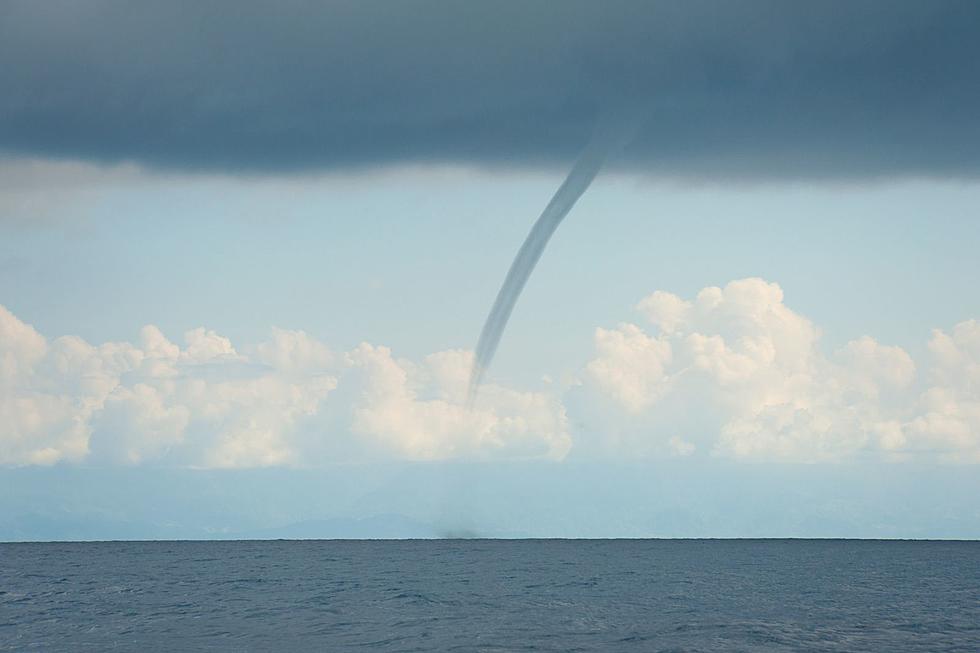
SouthCoast Summer Outlook Includes Hotter-Than-Usual Temps, Possible Hurricane
Summer is right around the corner, and SouthCoast residents may already be looking ahead to what Mother Nature has planned as they start to put family getaways and beach trips into their calendars.
The Old Farmer's Almanac has released its outlook for the upcoming summer season, which, as a whole, doesn't look like a lot to complain about. The Almanac predicts that this summer will be hotter than usual, with the highest temperatures hitting in early to mid-June, early to mid-July and early to mid-August. Rainfall will be about average for the region.
But residents should also be aware of some potentially hazardous conditions hitting the region later in the summer and into early fall. The Almanac warns of a potential hurricane in early August and a tropical storm threat in early to mid-September, with September and October bringing cooler-than-normal temperatures and more rain than usual.
Now here's the good news: The likelihood of a hurricane actually hitting Massachusetts has proven to be slim over the years. According to TripSavvy, only ten hurricanes have made a direct hit in Massachusetts since 1851 and none have been labeled as a Category 4 or 5 storm. Nevertheless, there's never any shame in being prepared. Ready.gov has tips on how to prepare for a hurricane, starting with knowing your risk, making an emergency plan and knowing your evacuation zone. Read more tips here.

The Almanac's predictions are not specific to one city, but rather, a region. The SouthCoast belongs to the Atlantic Corridor region, which also includes parts of Connecticut, Delaware, Maryland, Massachusetts, New Jersey, New York, Pennsylvania, Rhode Island and Virginia.
TIPS: Here's how you can prepare for power outages
LOOK: The most expensive weather and climate disasters in recent decades
KEEP READING: Get answers to 51 of the most frequently asked weather questions...
More From WFHN-FM/FUN 107









